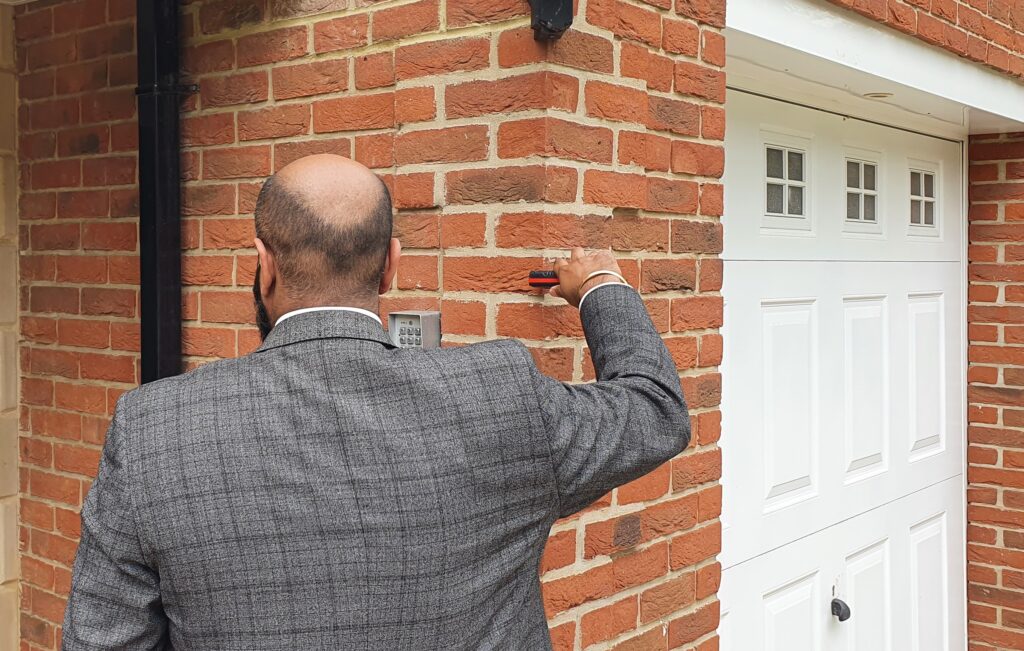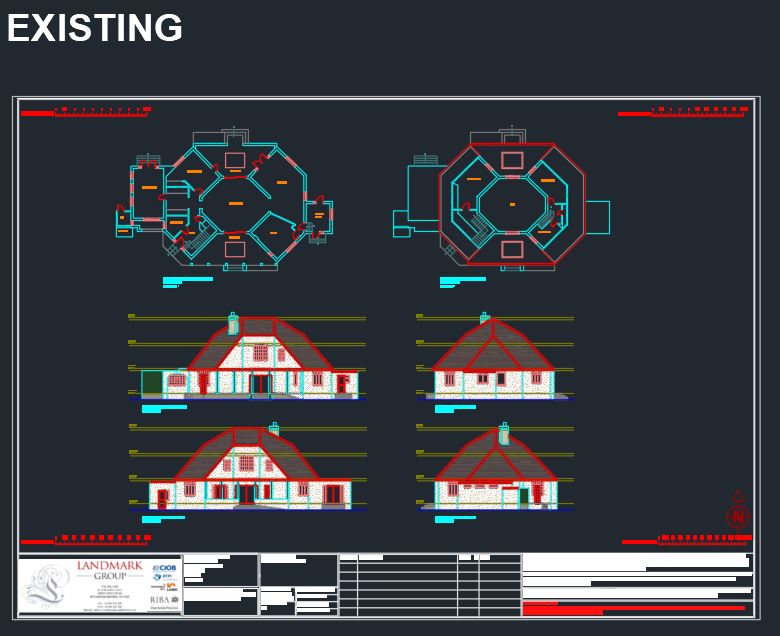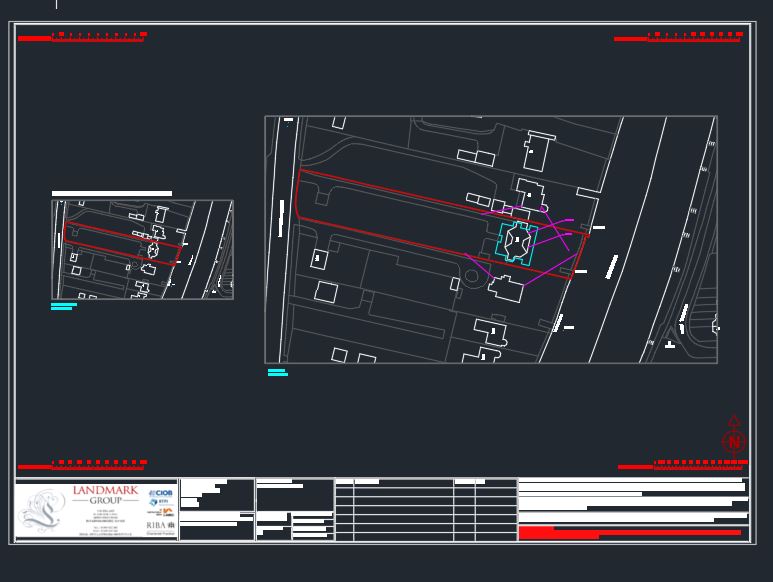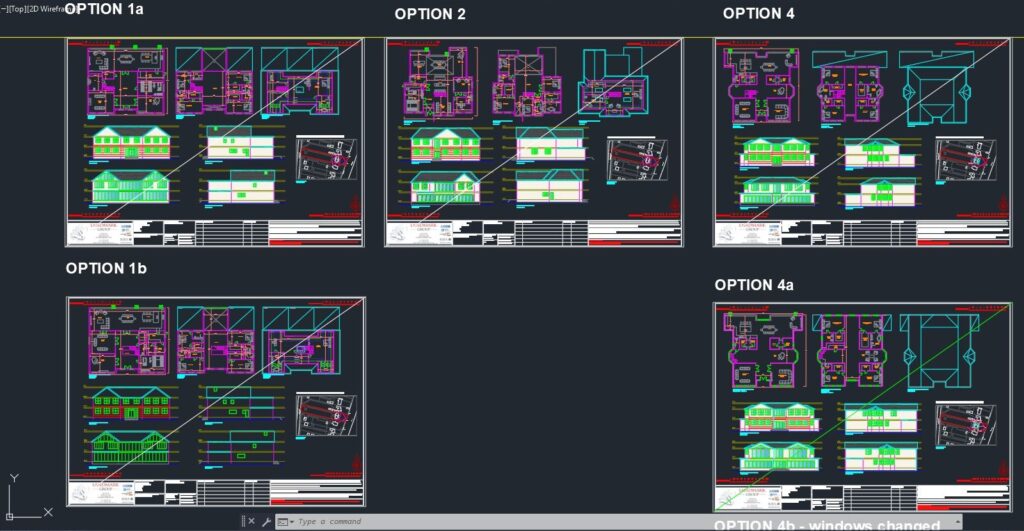10 Feb How to gain planning permission
So, you’ve just purchased your new home. A home full of potential and possibilities that you can’t wait to explore. Perhaps to increase the size of the kitchen, you decide it should be extended further into the garden. The loft may be more suitable for conversion into an extra bedroom. Maybe it’s the land itself that has grabbed your attention; the existing property is simply in the way of a home with much greater scope and grandeur. Whatever the case, you will need to traverse the complicated system of planning permission.
Trying to obtain planning permission has always been a difficult proposition. There are many aspects to consider when applying for planning approval from the council. Does the build comply with the many planning regulations? Is the type of home suitable for the area? Have you implemented all the required developmental plans to minimise risk and inconveniences during construction? The list of questions you have to ask is seemingly never-ending. You will undoubtedly be met with further points of contention you never considered, even when you feel you’ve answered all of the questions you can think of. It takes years and just the right knowledge to be proficient at ascertaining planning approval. Fortunately, however, we here at Landmark have got planning down to a fine art.
We have many years of experience within the industry, so planning permission is fairly routine for us. Because of this, we have created this article to help transport you through the journey we take to gain planning approval. By the end, you’ll understand the systems we implement as well as the challenges that undoubtedly present themselves throughout. Most importantly though, you’ll be much more prepared to undertake this journey yourself.
Stage 1: Understanding the case
The inception of all planning work begins when someone sees potential in a building. When our client’s ideas need realisation, our paths cross. Within the first interaction with the client, we do two things. Firstly, we gain all the relevant information about the client’s property and their plans for it. After this, we’ll arrange a site visit to further discuss plans as well as get to know the property better. Every home is different; no two proposals are the same. For this reason, it’s extremely important that we and the clients are on the same page at this point.
We extensively explore the ideas the individual has so that we share their vision as well as ensure its viability. If the project seems untenable to us, we’ll use our experience to transform it into something both the client and council will be extremely happy with. We also use the opportunity of the site visit to survey the house. This involves one of our surveyors measuring the dimensions of the home, so we know its layout and size to the millimetre.

Although we prefer to visit the site before drawing up plans, it’s not always necessary. If the information is available, we are able to undertake a desktop survey to ascertain all the relevant information. Some jobs are too complex for this but most are not. A desktop survey saves time for both parties. To see if these plans exist, we’ll either check the council’s website or contact them directly. Once we know exactly what the client wants, and we have the relevant information to proceed, we move on to the next stage.
Stage 2: Designing the plans
With ideas shared and measurements taken, we begin to draw up the plans. The first plan we are required to create is a model of the existing home on AutoCAD. We then transfer these plans to another software called Revit. These programs are far more efficient and accurate than drawing by hand. This has increased the speed at which we can draw up plans significantly.
The council requires these existing plans for historical purposes, so the existing home is forever on record. Even years later these plans can be useful. We use the measurements from the initial survey, to make sure these plans are exact. These drawings aren’t just for the council, however. They are fundamental for certain jobs. As long as some of the existing houses remains (anything but a new build) then we are able to use these drawings as a starting point for the new plans.

Once the existing drawings are created, we’ll collect site and locations plans. These will accompany the existing plans we created previously and also requirements from the council. A site plan is used to show both features around the location of the building as well as the location of neighbouring homes. These are useful for driveway changes, new bin systems, available extension space, and so on.
The location plans offer a more expansive perspective of the area. All the surrounding streets and paths are viewable from this view. It provides a better indication of the land we have to work with. This is especially the case with new builds. It also helps us keep compliance with certain regulations. An example of this is using site plans to make sure the building size and placement don’t encroach a 65% angle of neighbouring front house windows or 45% for rear windows. This makes sure the new build and extensions won’t impact the natural lighting on neighbours’ homes.

At this point, we can begin to create the new designs. The planning manager will arrange a meeting with the technician assigned to draw the plans. The client’s ideas are then explained to the technician who can then begin to make floor plans and elevations. Their purpose is to show the design and layout of the new ‘proposed’ home or an extension. These will show the room layouts, the height of the build, external features, etc. To ensure that we create the perfect plans we usually create multiple designs with slight variations. We will send new variations of the designs to the client until they are deemed perfect. This leads to many drafts which we keep as a reference. The last thing necessary to prepare is an application form. All the relevant documents are then issued to the council via the planning portal.

Stage 3: The Planning decision
In certain circumstances, a pre-application can be sent over to the local authority before the official package. This isn’t necessary but can be invaluable for certain unique and complex developments. Using this we can ascertain how viable plans are within that’s specific council’s regulations. The documents sent to the planning authority will usually include the existing plans, the proposed plans, and relevant information pertaining to the plans. This is very similar to the actual application. With these documents, they can then send us their opinions and guidance for us to take on board. This dramatically increases our chances of approval.

Once the official proposal is sent, we have to wait for an acknowledgment letter. This informs us that they have received the documents and will have to review them within the next 8 weeks. They can extend the date but usually, this isn’t the case. The extension period is only two weeks at a time. Once we receive the acknowledgment, we will send it over to the client to keep them updated.
Within 8 weeks after receiving the acknowledgment, we will find out whether the case has been approved or refused. We expect that the case will be approved but, in some circumstances, plans can be refused. Throughout the planning process, we have followed planning rules set out within National Planning Policy Framework (NPPF). Up until this point, this is the single most important document to follow when trying to obtain planning permission. It states all of the different rules and regulations to follow when trying to gain permission. We use this information to create plans that meet the needs and desires of the clients while also obeying planning policy. However, planning policy is extremely arbitrary.
Created from 1000s of pages of previous planning rules and policies, the NPPF is now just a 75-page document. As a result of condensing all this information down, it has become very open-ended. This causes the policies to be up for interpretation. Each council usually has its own planning rules which we have to account for as well. These are either the Supplementary Planning Guidance (SPG) or Supplementary Planning Documents (SPD). There is a certain level of ambiguity in these documents. This means we have to be familiar with each council to understand what they are looking for. Our experience with all the surrounding councils is paramount here, ensuring very few cases are refused.
If refused, we have the option to appeal refused cases. We’ll hire an appeals officer to create an appeals document. This document is then provided to an Appeals Inspector. He will evaluate our argument vs the council reasoning for denying our plans. The Appeals Inspector resides in the planning inspectorate so has the highest level of authority on matters such as this. Once he has made his decision, that is the final position of the case.
It’s not often that we receive refusals though. Approvals are the norm. Once we receive an approval letter, we just have to comply with pre-commencement conditions under the approval as rules to abide by for developmental stages. We also need to send the approved plans over to our structural engineers who will produce structural and building regulation drawings for approval by the local authority or an approved building regulations inspector. Once agreed building works can commence! Note that planning permission lasts for 3 years. Building work must start during this time or you must re-apply for planning.
The challenges faced when trying to get approval is evident. Without the right expertise will be almost unachievable. Fortunately, we have an abundance of experience in this department. Turning your dreams and ideas into reality is simply a phone call away.
If you have any questions or are looking to develop your home, please feel free to contact us on:
📧: planning@landmark-group.co.uk
📞: 01895 832560
If you wish to hear more from us, please follow our social media pages below.





Sorry, the comment form is closed at this time.